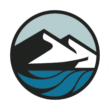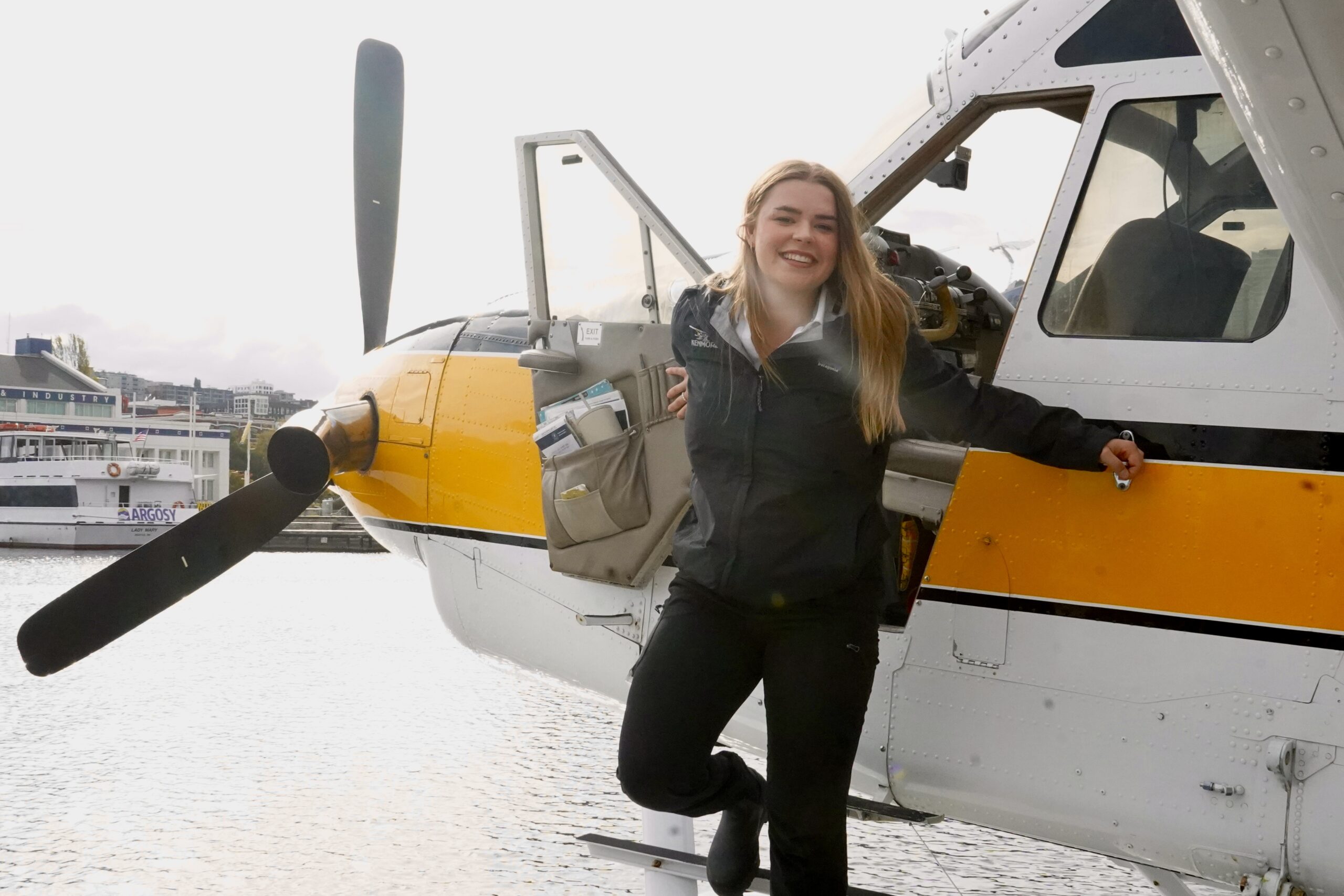Although the phrase “maritime heritage” may conjure up images of boats gliding across the water rather than planes soaring above, seaplanes have long been an iconic piece of Washington’s coastal landscape. In Seattle, watching a seaplane pilot skillfully land on Lake Union amidst a swarm of sailboats, paddleboards, and even hot tub boats is truly something to behold. In the San Juan Islands, seaplanes serve as vital lifelines, connecting the islands to the mainland. Across the region, a seaplane flight offers an unforgettable perspective on the Maritime Washington National Heritage Area.
While the idea of landing a plane on water may seem impossible, it’s easier than it looks—at least according to Ava Karr, a seaplane pilot for Kenmore Air. Compared to the hard surface of tarmac, she says landing a seaplane on flowing waves is downright comfortable.
Since 2021, Ava has been flying and landing seaplanes in the Salish Sea region, from as far south as Tacoma to as far north as British Columbia, Canada. She enjoys the challenge presented by the complex topography of Washington’s coast and flies regular charters to destinations such as the San Juan Islands, Seattle, and Tacoma, as well as scenic flights over Lake Union, Mt. Rainier, and Mt. St. Helens.
The Freedom of Flying Seaplanes
Ava said that seaplanes are a remarkably free form of flight. “You don’t have to have an airport to get places—you just need some water.” Anywhere there is enough space to take off again is a safe place to land.
“On the water, we have a decent amount of control depending on the wind. It’s kind of like sailing to a degree. We can turn pretty well unless the wind is really highly resisting.”
Most of Kenmore Air’s regularly scheduled seaplane flights take off and land at docks, like those of South Lake Union. But occasional charters land at beaches on the many small islands that dot the Salish Sea. One of Ava’s favorite beach landings is at a small state park near Gig Harbor called Cutts Island. The Washington State Park website describes it as only accessible via boat, but Ava’s method is a little different.
“Beaching sometimes requires us getting our feet wet a little bit. It’s always the goal to not do it that way—if the wind is helping us off the beach, we’ll just kind of push it off a little bit, hop in, and let the wind carry it out before we start. For the most part, it’s easier than it sounds.”
The two types of planes flown by Kenmore Air are “beavers” and “otters.” The main difference is engine size and passenger capacity. Ava said that the otters are more like buses, while the beavers are more like vans, said Ava.

Learning to Fly
Growing up on Lake Superior in Wisconsin, Ava spent much of her time at her backyard dock, boating and enjoying the water. She eventually moved to Michigan, where she learned to pilot seaplanes. “I got into [piloting] because I really wanted to travel…and I decided to get my seaplane rating because it called to me,” she said. “The water is just, in my opinion, more forgiving. It absorbs impact and absorbs force. Not to say you can’t mess it up, but overall, it’s just a lot smoother unless you land on a boat’s wake.”
At Kenmore, Ava spends time teaching new pilots in addition to her regular passenger flights. To be hired as a seaplane pilot, candidates need 200 to 500 hours of floatplane experience plus a regular pilot’s license, which requires an additional 500 flight hours. Getting that many hours can be tricky and expensive. However, you only need 6 hours of experience to teach flying, so many pilots go directly into teaching others to subsidize their hours and make it less expensive to get the experience they need.
The strict requirements and high standards of proficiency mean that the seaplane pilots who transport passengers throughout the Maritime Washington National Heritage Area are incredibly skilled. Pilots can even help teach non-pilots how to fly with “splash-n-go’s” that Kenmore Air offers in Lake Washington, depending on the weather.
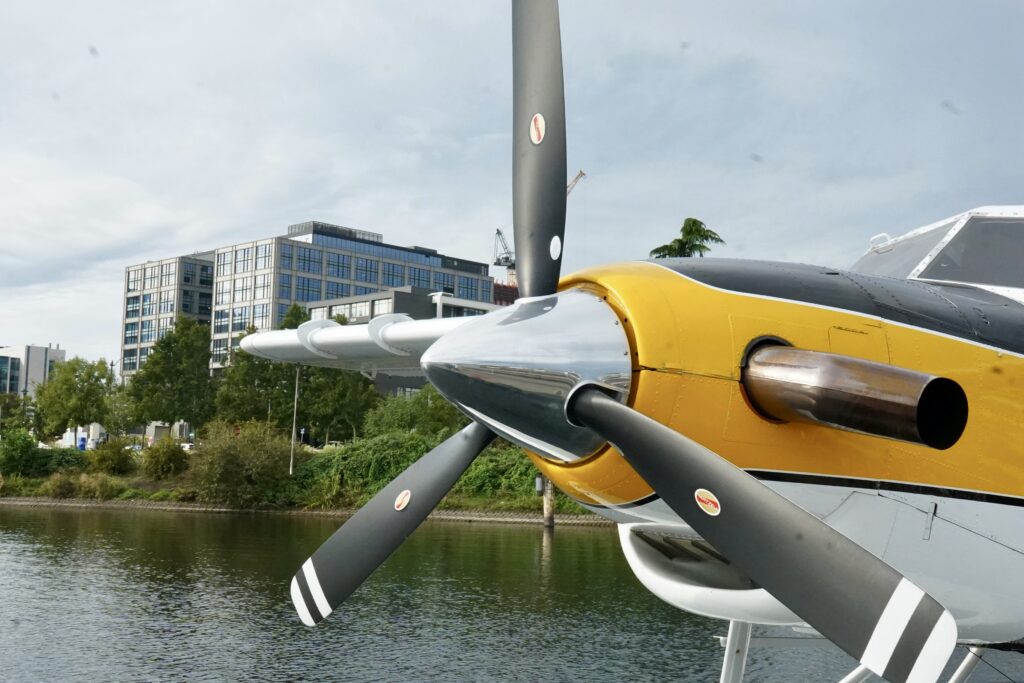
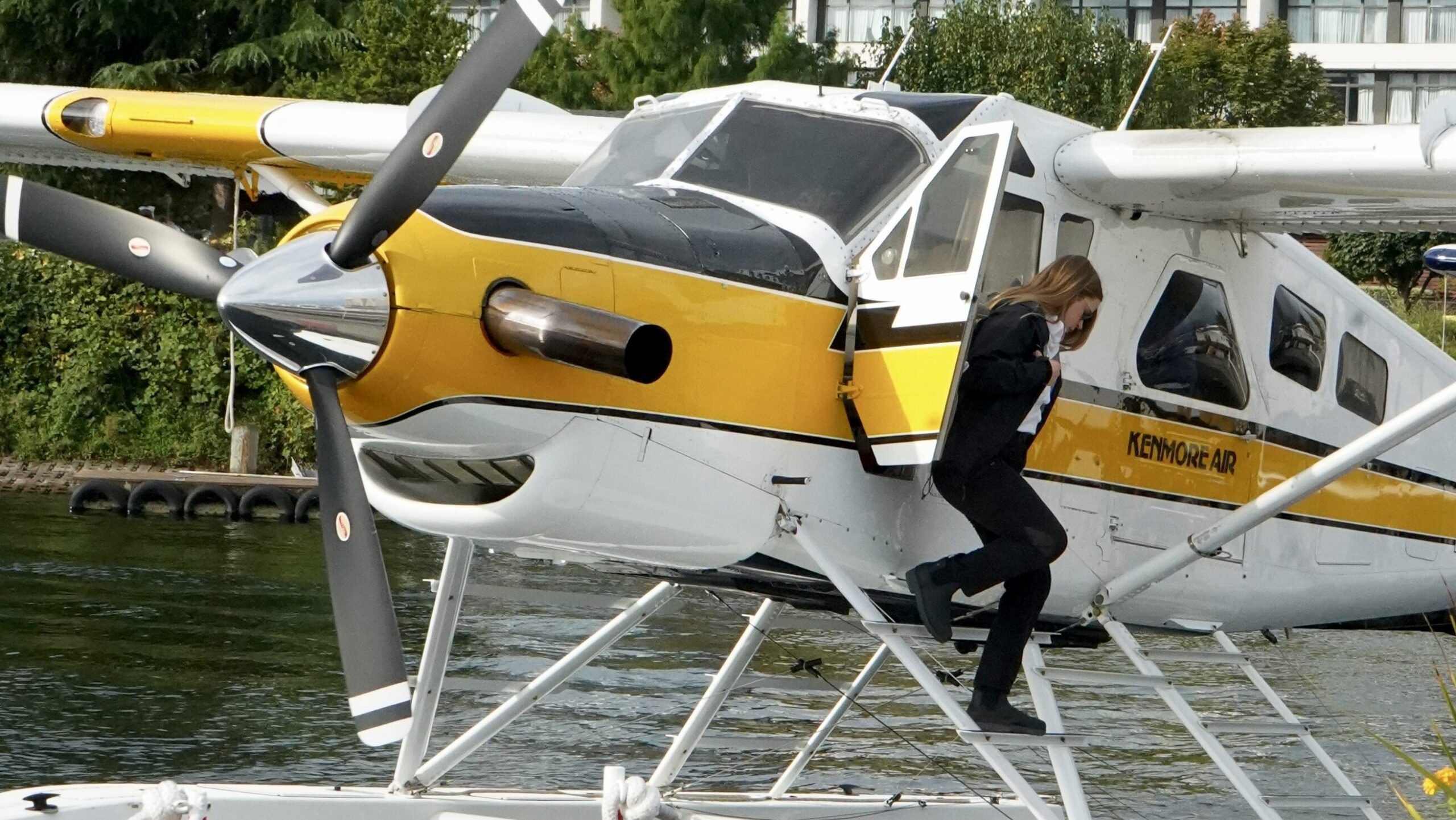
Changing Conditions
Unlike some commercial flights that operate in fog or unclear conditions, Kenmore’s seaplanes are strictly “VFR-only,” or visual flight rules only. That means that they only take off when they can fly using their eyes rather than relying only on navigation instruments.
“There are certain destinations where if the wind’s coming from a certain direction, you can get some good turbulence and downdrafts, and in that scenario, we’re not able to go to that destination, and we offer an alternative. But with mountainous terrain and hills, we definitely deal with some funky winds,” said Ava.
Some of those tricky conditions exist on Deer Harbor on Orcas Island, where getting low and close adds to the challenge. “We do everything safely, so it’s really just fun,” said Ava. She also enjoys the picturesque journey to British Columbia. “I think it’s like the most beautiful, scenic place that we go.”
“We get a lot of variety during our work week. We find out the day before what we’re doing the next day—it could be some scenic, it could be going to the islands, it could be Victoria, it could be a mix of both, so it keeps it interesting,” said Ava.
Supportive Community
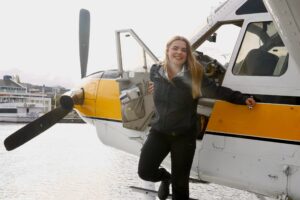
In the male-dominated industry of aviation, Ava has faced skepticism from both other professionals and passengers about her role as a female pilot. “I’m in a position where I can show them that that’s wrong. In my experience, I’ve been lucky—at the end of the flight, they’re really impressed. Of course, I can do this job, and women can do this job, [but] there’s always going to be some of that experience.”
“In the aviation industry, women do a great job of sticking together and maintaining their solidarity,” said Ava. “I’ve gotten to fly with a bunch of really neat women: naval aviators who fly fighter jets, and then airline pilots, or balloon and helicopter pilots. I’ve had some really cool experiences.”
Ava said that despite the occasional negative experience, “I think people are learning, and for the most part, the vast majority of people are incredibly supportive and very excited to have a female pilot.”
To those considering a career in seaplane aviation, Ava enthusiastically says, “Do it! It’s amazing. It’s so rewarding. It’s such a great feeling to be able to fly, people dream about that. You get to actually do it with this job. My coworkers and all the other women in the field are super supportive. So don’t let that stand in your way.”
Itching to see the Maritime Washington National Heritage Area from above? Check out Kenmore Air’s flights and scenic tours for a truly unique way to see our shores.
If you liked this story, you might enjoy other stories about Women on Washington’s Working Waterfronts. Hear from Michele Allen, chief mate aboard many of Washington’s ferries, or hear from Clare Petrich, who works to connect countries and people.

